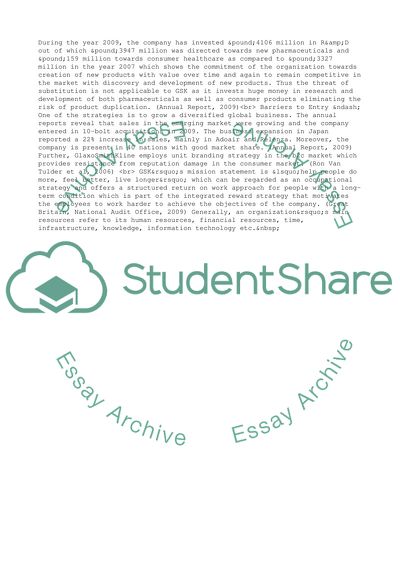Cite this document
(External and Internal Analysis of Glaxo Smith Kline Term Paper, n.d.)
External and Internal Analysis of Glaxo Smith Kline Term Paper. Retrieved from https://studentshare.org/business/1733881-business-stratgy-external-and-internal-analysis-of-glaxo-smith-kline
External and Internal Analysis of Glaxo Smith Kline Term Paper. Retrieved from https://studentshare.org/business/1733881-business-stratgy-external-and-internal-analysis-of-glaxo-smith-kline
(External and Internal Analysis of Glaxo Smith Kline Term Paper)
External and Internal Analysis of Glaxo Smith Kline Term Paper. https://studentshare.org/business/1733881-business-stratgy-external-and-internal-analysis-of-glaxo-smith-kline.
External and Internal Analysis of Glaxo Smith Kline Term Paper. https://studentshare.org/business/1733881-business-stratgy-external-and-internal-analysis-of-glaxo-smith-kline.
“External and Internal Analysis of Glaxo Smith Kline Term Paper”, n.d. https://studentshare.org/business/1733881-business-stratgy-external-and-internal-analysis-of-glaxo-smith-kline.


